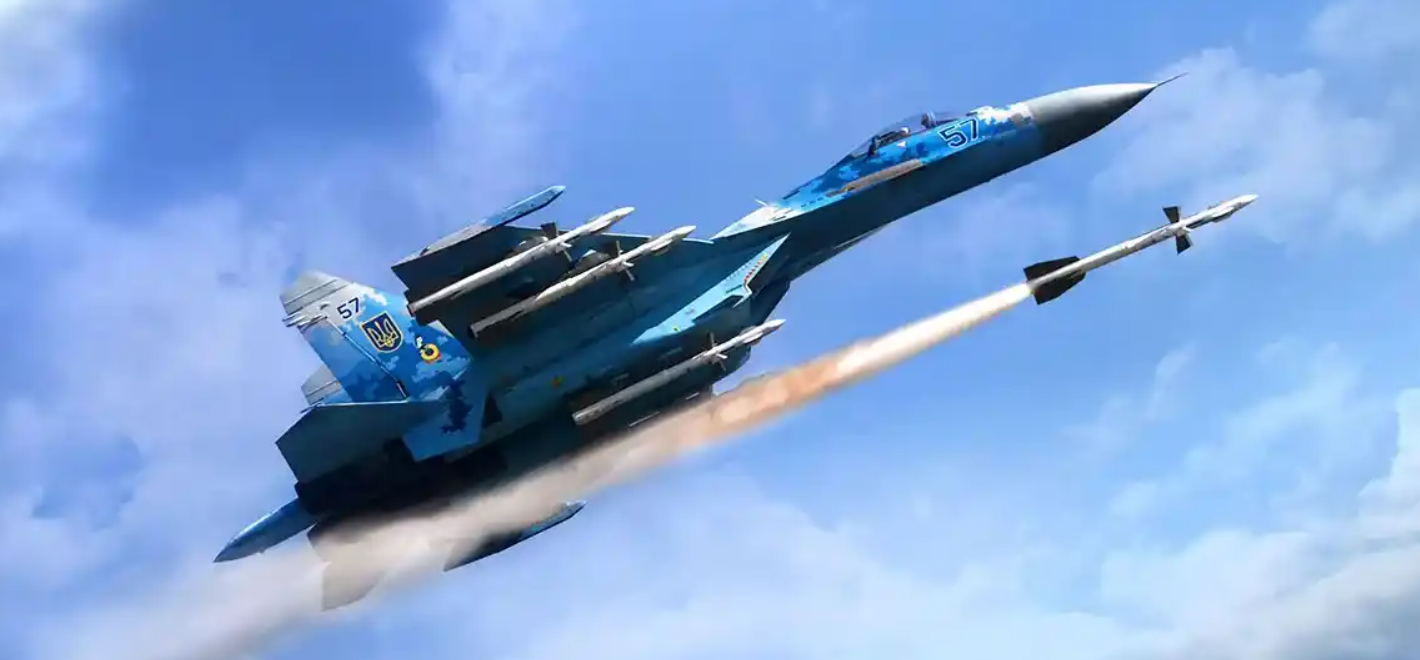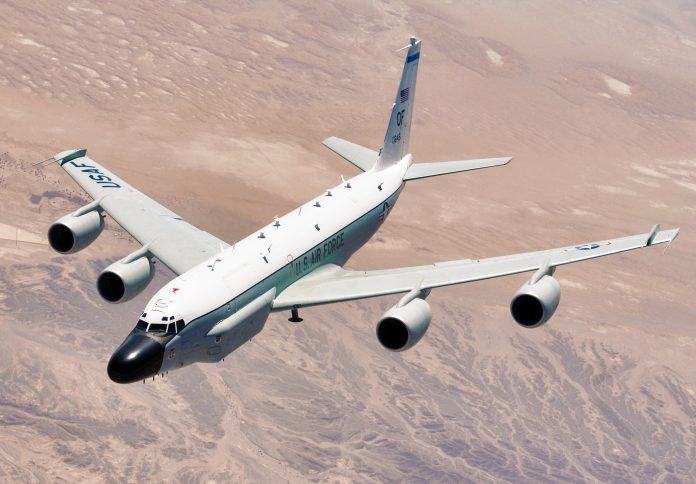As this publication published two days ago, Eurofighter Typhoons are now escorting RC-135 RIVET JOINT flights over the Black Sea. However, UK Defense Secretary Wallace has confirmed to press what Russian military bloggers were claiming on September 30th, that two Russian Su-27s shadowed an RC-135 on September 29th, 2022 and fired an air-to-air missile on that British plane.
The RAF Rivet Joint that was involved in the incident with an Su-27 firing a missile near the aircraft on September 29th was ZZ664 pic.twitter.com/LZ1oE7JIsR
— Air & Sea Intel (@air_intel) October 20, 2022
The Defense Secretary told press that on September 29th, two Russian Su-27s, most likely scrambled from Crimea, shadowed the British plane in international airspace which was collecting on the Crimean peninsula. The Russian planes fired a missile, which Secretary Wallace claims was a malfunction, which did not impact the RC-135. Secretary Wallace wrote a letter of concern to the Russian Chief of Defense Staff over the engagement.
The Russian Chief of Defense Staff acknowledged the incident and claimed it was due to technical malfunction. It is not currently clear if the missile left the rail due to malfunction or if it was intentionally fired, but failed to impact due to malfunction. The RC-135 most likely had a minimum crew requirements are 2 pilots, 2 navigators, 3 systems engineers, 10 electronic warfare officers, and 6 area specialists. The loss of this aircraft would have been a major escalation and possibly a causus belli for the UK to take a more involved role in the Ukraine conflict.
The Su-27 is armed with a single 30 mm (1.18 in) Gryazev-Shipunov GSh-30-1 cannon in the starboard wingroot, and has up to 10 hardpoints for missiles and other weapons. Its standard missile armament for air-to-air combat is a mixture of R-73 (AA-11 Archer) and R-27 (AA-10 ‘Alamo’) missiles, the latter including extended range and infrared homing models. If the Russian missile malfunctioned after launch it is likely that it either launched an AA-11 IR missile that did not achieve seeker launch or an AA-10 which did not achieve radar lock or the pilot broke the lock. It is highly unlikely that a malfunction would have resulted in the release of a missile from a hardpoint and the propellant igniting.




